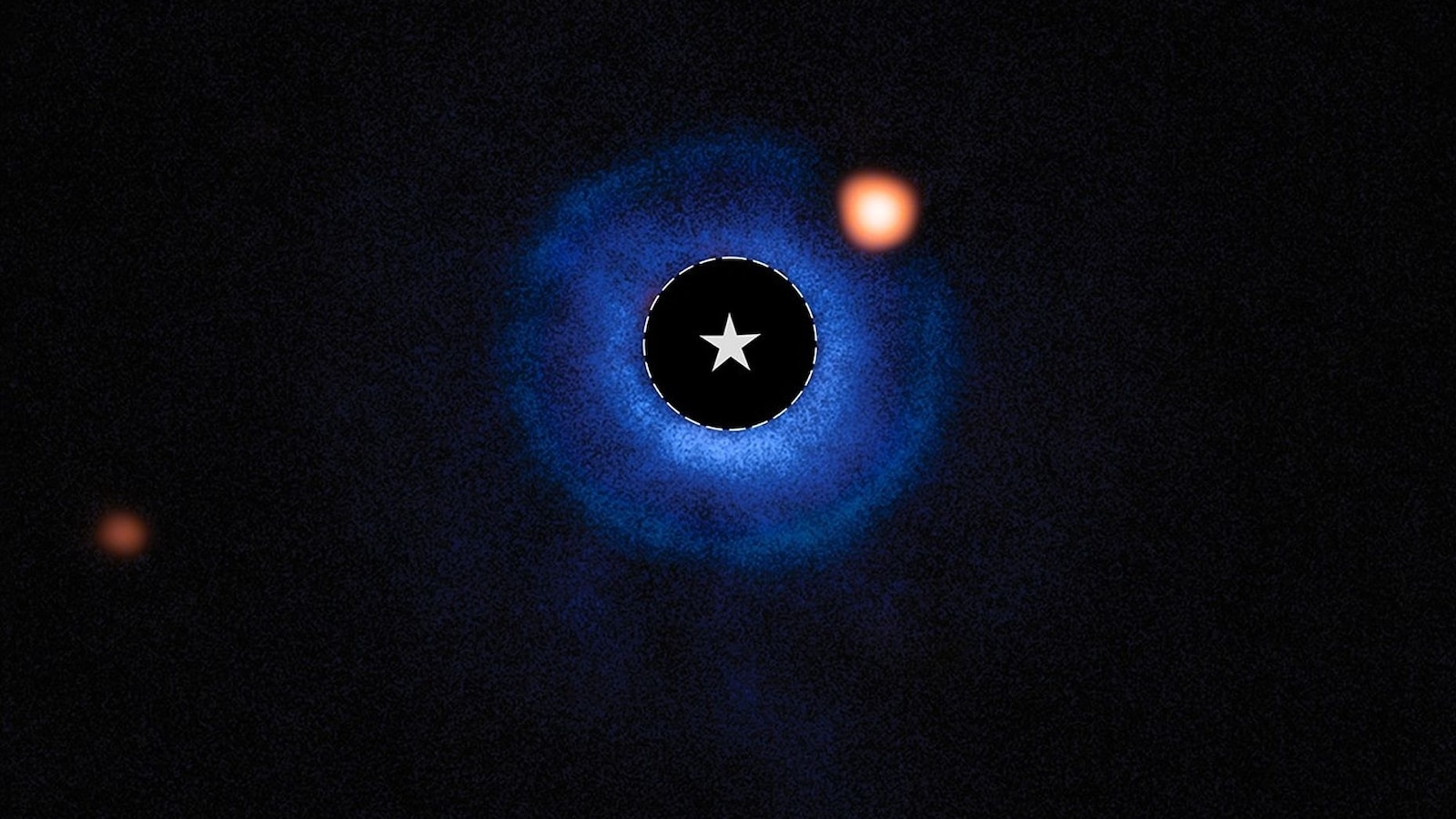Astronomers using NASA’s James Webb Space Telescope have identified a new planet, TWA 7b, with conditions that suggest it could support life. This discovery, announced by NASA, marks a significant milestone in the search for habitable worlds beyond our solar system.
The planet, which has a mass similar to Saturn, orbits the young star TWA 7, located approximately 34 light-years away from Earth. The detection was made possible through a combination of data from the European Southern Observatory’s Very Large Telescope (VLT) and Webb’s Mid-Infrared Instrument (MIRI). The light from TWA 7 was subtracted to reveal the planet, showcasing the advanced capabilities of these astronomical tools.
The Discovery Process
The James Webb Space Telescope, the most powerful ever launched, utilized high-contrast imaging to suppress the star’s bright glare, allowing astronomers to spot the faint infrared source of TWA 7b. This method, which involves direct detection of planets, differs from gravitational lensing techniques based on Einstein’s theory of general relativity.
Initial analysis indicates that TWA 7b is a young, cold planet with a temperature around 120 degrees Fahrenheit. This temperature range falls within the limits where life, as we understand it, could potentially thrive.
“Our observations reveal a strong candidate for a planet shaping the structure of the TWA 7 debris disk, and its position is exactly where we expected to find a planet of this mass,” said Anne-Marie Lagrange, lead author of the study published in Nature.
Scientific Significance and Implications
The discovery of TWA 7b is significant not only because of its potential habitability but also because it represents the first time Webb has captured a direct image leading to a planet’s discovery. This breakthrough underscores the telescope’s ability to explore low-mass planets around nearby stars, expanding our understanding of planetary systems.
According to Mathilde Malin, co-author and assistant research associate at Johns Hopkins University, “The finding highlights the Webb telescope’s ability to explore previously unseen low-mass planets around nearby stars.”
The Role of Debris Disks
The planet was found within three dust rings surrounding TWA 7, one of the youngest known debris disks. These disks are crucial in studying planetary formation and evolution, as they often contain the building blocks of planets.
Researchers believe that TWA 7b’s presence helps shape the structure of the debris disk, providing insights into the dynamics of young planetary systems. This discovery could lead to a deeper understanding of how planets like Earth form and evolve.
Future Exploration and Research
The detection of TWA 7b opens new avenues for research and exploration. Scientists are eager to conduct further studies to confirm the planet’s characteristics and assess its potential for hosting life. The James Webb Space Telescope will continue to play a pivotal role in these investigations, offering unprecedented views of distant worlds.
This development follows a series of groundbreaking discoveries made possible by the James Webb Space Telescope since its launch. As it continues to explore the cosmos, the telescope is expected to unlock more secrets of the universe, potentially identifying more worlds like TWA 7b that could harbor life.
In conclusion, the discovery of TWA 7b not only enhances our understanding of planetary systems but also fuels the ongoing quest to find life beyond Earth. As technology advances, the potential for discovering habitable planets continues to grow, bringing humanity closer to answering the age-old question of whether we are alone in the universe.





































































